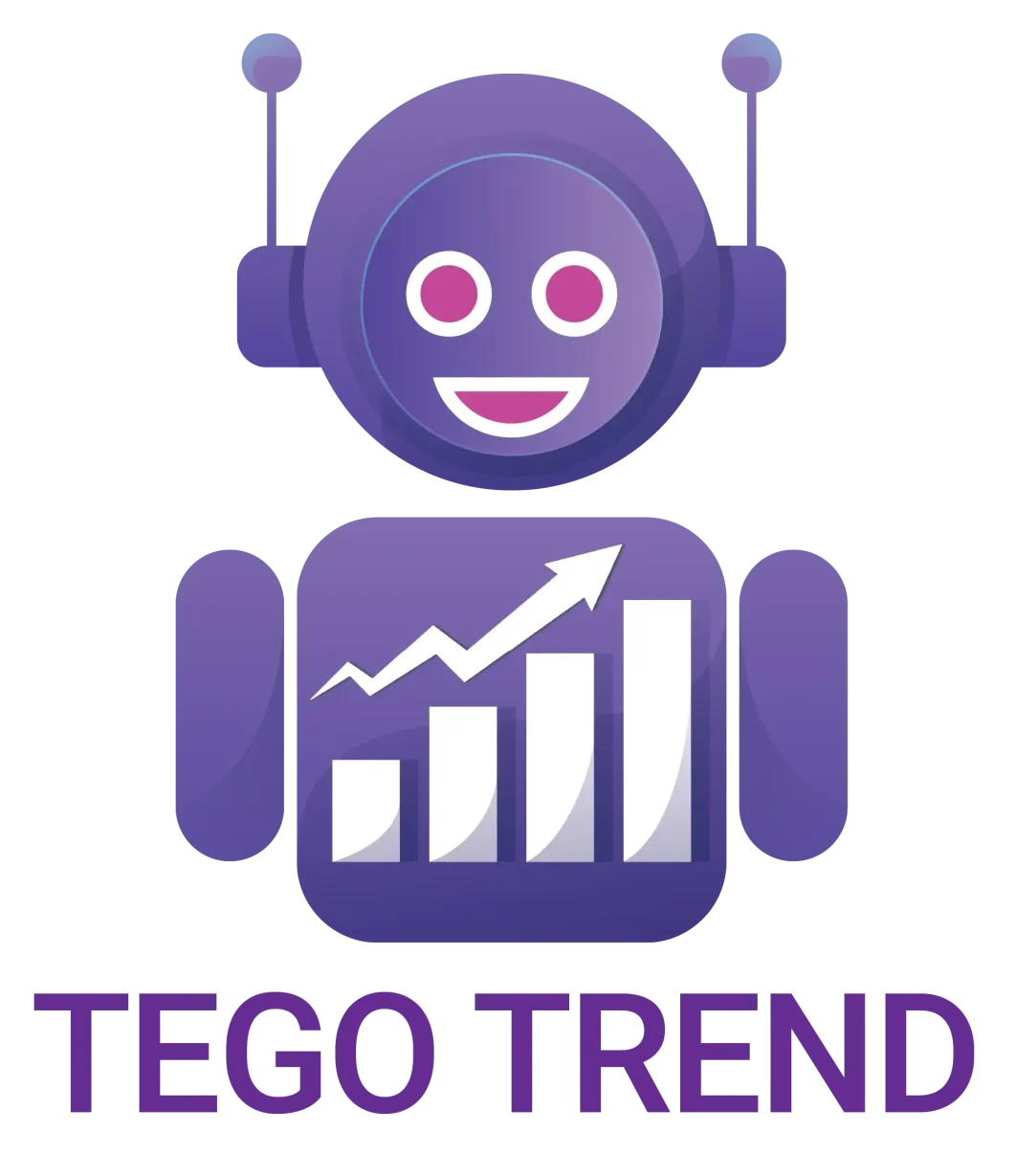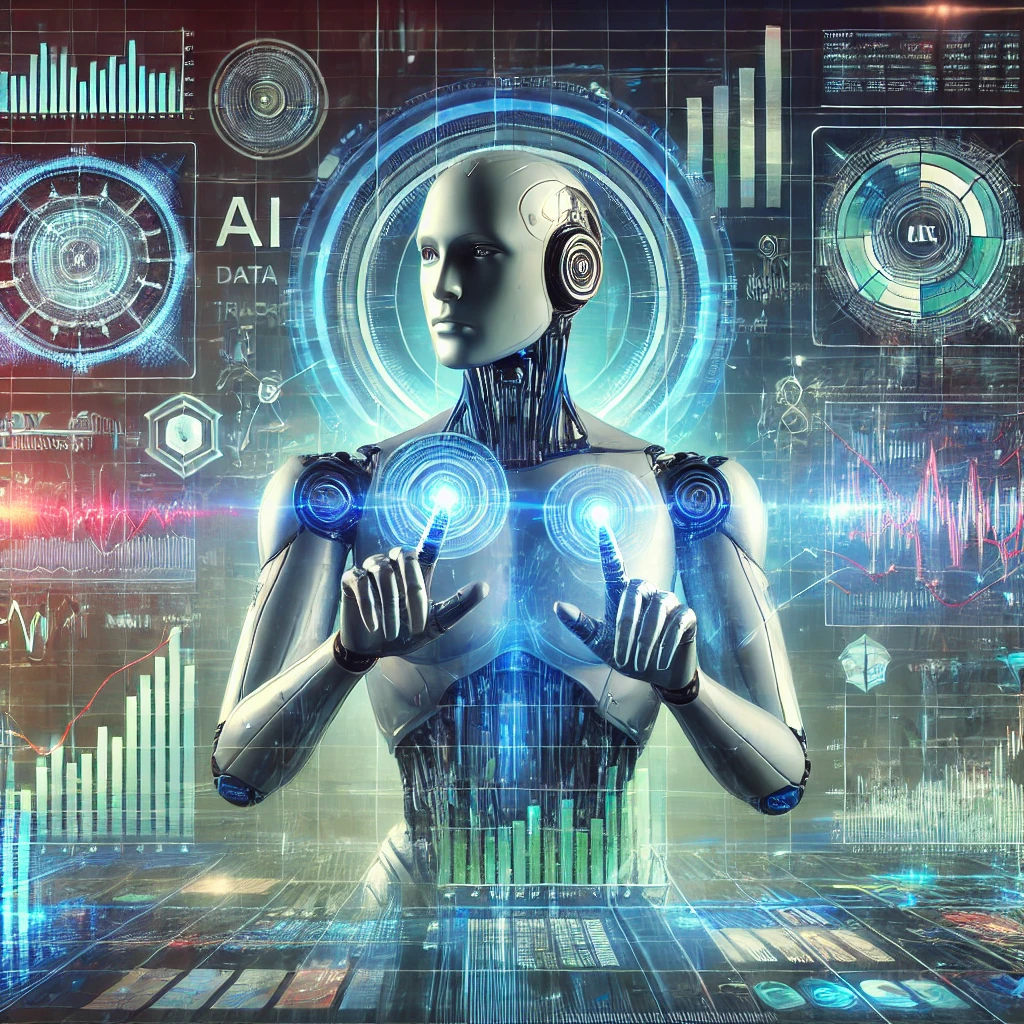The Early History of Trading Bots
The Initial Emergence of Trading Bots
The concept of trading bots began to emerge with the advancement of technology in financial markets in the late 1980s and early 1990s. During this time, traders started using computerized systems to streamline and execute trades more quickly than before. These early systems were relatively simple, relying on basic rules and software developed to execute trades based on specific signals, such as simple price movements or moving averages.
Transition from Manual Trading to Automated Trading
Before the advent of bots, manual trading was the predominant approach in financial markets. Traders relied on personal experience and manual analysis to make trading decisions. With the advancement of technology, traders began to seek ways to expedite and enhance the efficiency of their trading processes. In this context, the first automated software began to emerge, aimed at executing trades with speed and accuracy beyond human capabilities.
Emergence of Electronic Exchanges
One of the key factors that contributed to the development of trading bots was the emergence of electronic exchanges. Previously, markets depended on crowded trading floors filled with brokers and financial intermediaries. However, with the transition of exchanges to electronic platforms, such as the Nasdaq in the 1970s, executing trades became faster and more efficient. This shift allowed technology to play a more significant role in trade execution, paving the way for the development of trading bots.
Evolution of Trading Algorithms
In the 1980s and 1990s, algorithms began to play an increasingly important role in trading. With the advent of fast computers and the ability to process large amounts of data, algorithms became capable of executing trades based on complex analyses of the markets. During this period, the first trading bots utilizing intricate algorithms emerged, able to execute hundreds of trades per day based on market indicators and prices.
Innovation in High-Frequency Trading
In the late 1990s and early 2000s, high-frequency trading (HFT) emerged as one of the most significant developments in the history of trading bots. This strategy relies on executing a vast number of trades in a very short time frame, taking advantage of very small price differences in the market. Trading bots played a crucial role in this area, as they could process and execute trades at lightning speed, making high-frequency trading one of the most profitable methods in the markets.
Early Challenges
Despite significant advancements, trading bots faced technical and regulatory challenges in their early days. Early systems suffered from performance issues and delays, lacking the stability required for efficient trade execution at all times. Additionally, the use of technology in trading raised regulatory concerns, prompting regulatory bodies to seek ways to control the impact of these systems on market stability.
Transition to Artificial Intelligence and Continuous Innovation
Over time, trading bots became more complex and innovative. Traders began utilizing artificial intelligence and machine learning techniques to enhance the performance of the bots and increase their accuracy in predicting market movements. This shift not only improved performance but also boosted the ability to analyze vast amounts of data and make more complex decisions.
Summary
Trading bots have undergone tremendous development since their humble beginnings in the 1980s and 1990s. From early systems that relied on simple rules to complex algorithms and high-frequency trading, and with the increasing use of artificial intelligence, trading bots have become an essential part of modern financial markets. Despite the challenges they faced initially, continuous improvements and innovations in this field have made trading bots powerful and efficient tools that help traders achieve their goals with high efficiency.


